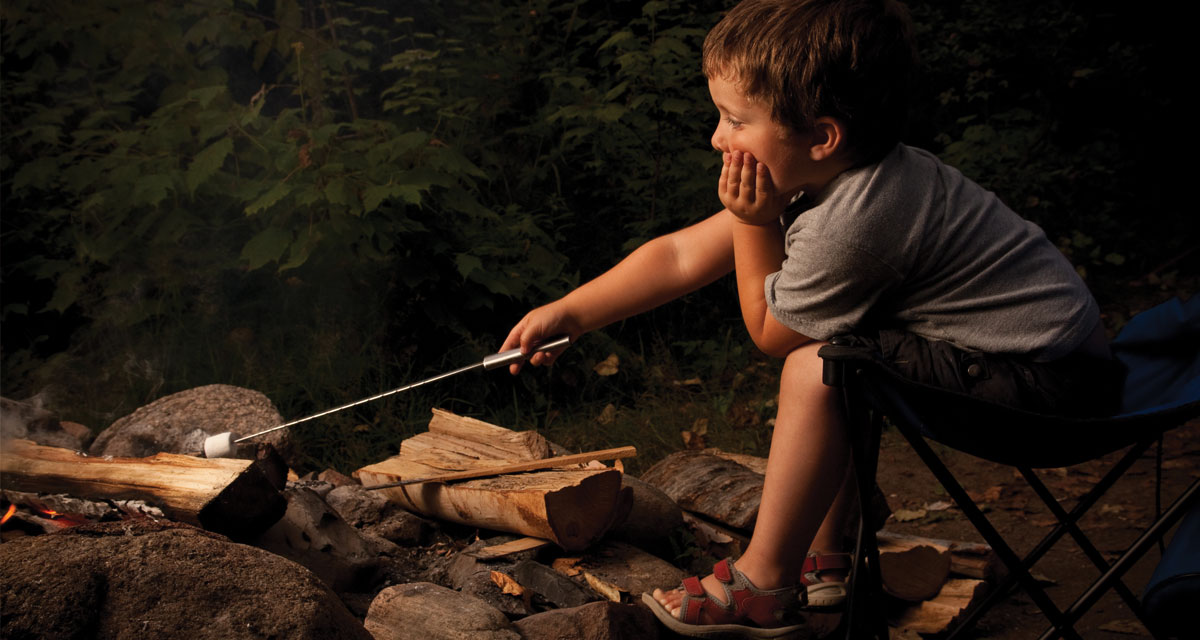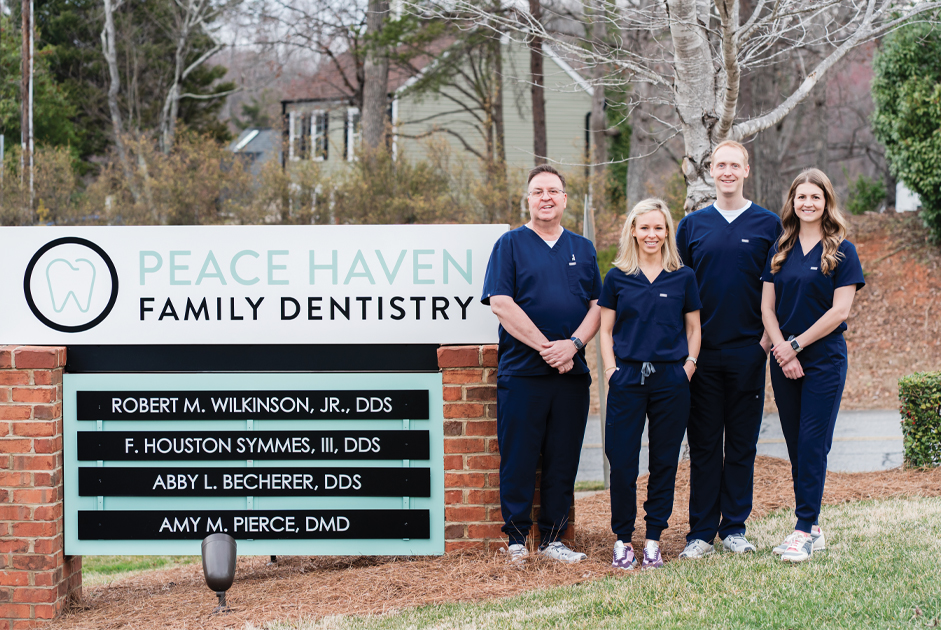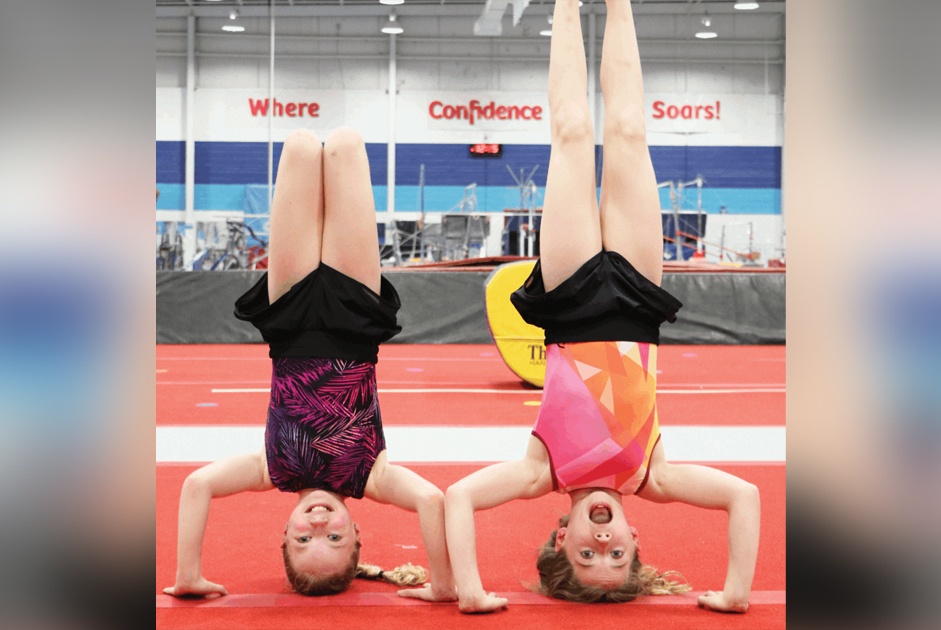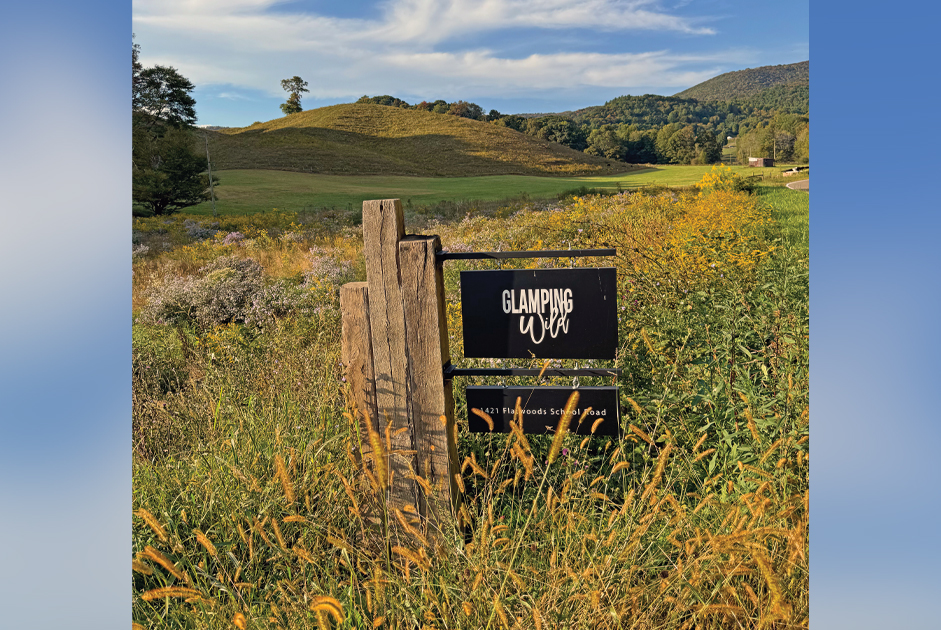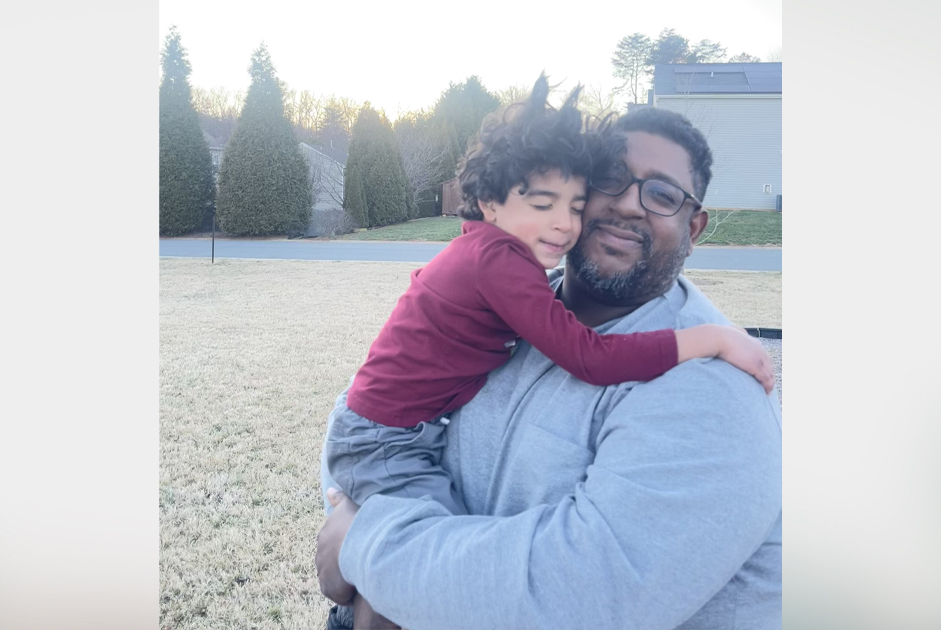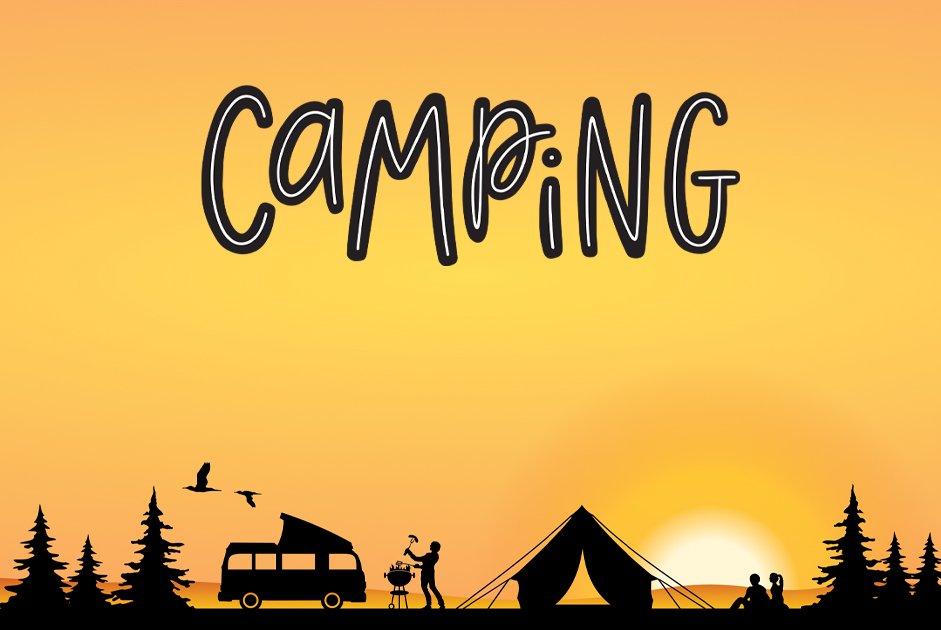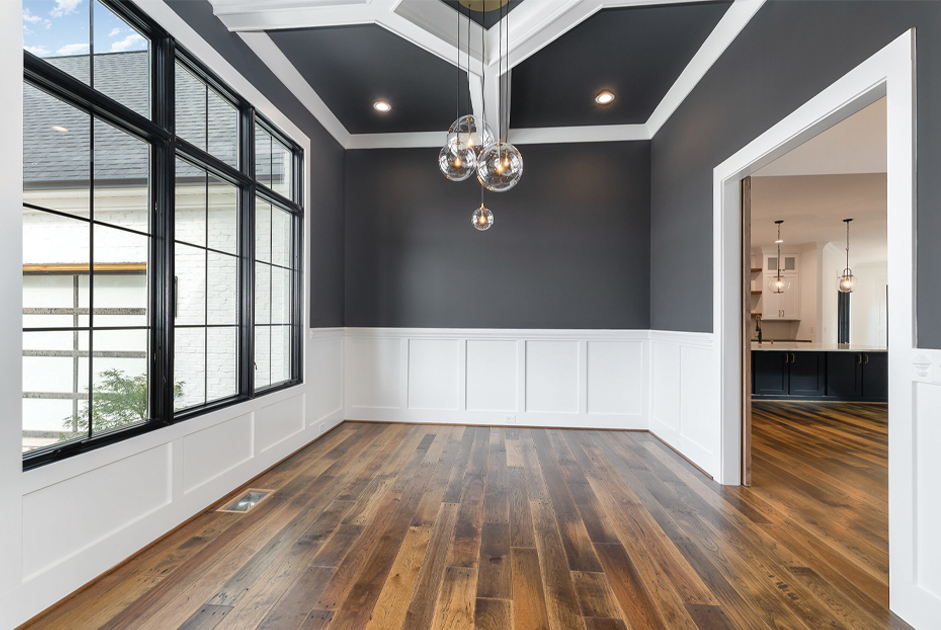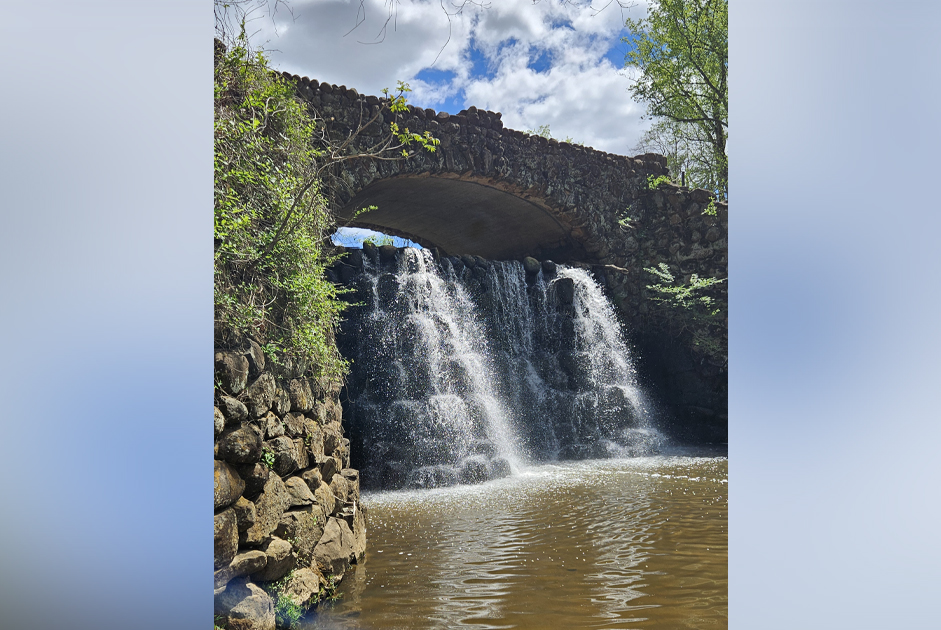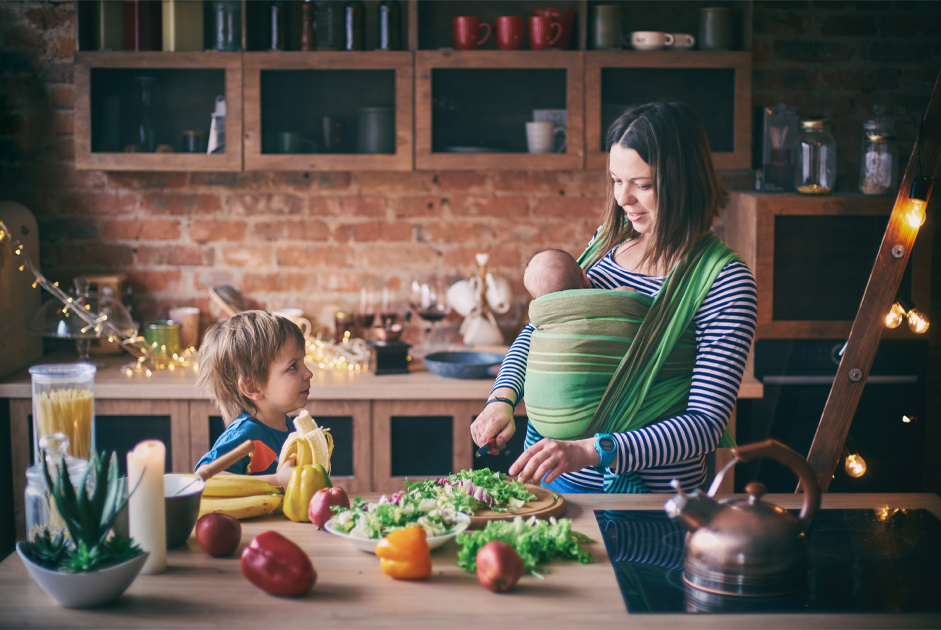Many of us have childhood memories of time spent around a campfire in the woods for a weekend camping adventure with our parents—barefoot, dirty and loving every second of it. As much as we want to replicate these memories with our own children, where do we start? The camping planning anxiety is real, but can be easily overcome by focusing on three basic building blocks of the perfect camping vacation: Location, Supplies/Food, and Activities.
Location
The first thing to be done is to pick a location for your camping adventure. There are many factors that go into this selection, such as environment and intended purpose of the vacation. State and National Parks are great options as they are affordable, and the proceeds from the camping fees are fed directly into keeping our beautiful parks viable for future generations. If you go onto the government website for campgrounds, you can search based on what amenities you are looking for, as well as giving a radius of distance from the zip code you live in. If you are tent camping, you can be relatively low-maintenance, but if you have an RV, make sure to find a camper-friendly site. There are also many campgrounds in North Carolina that are close to swimming opportunities, at both lakes and the ocean.
When you have chosen a campground, make sure to check the site map before you book a particular campsite, to confirm you chose the perfect site for your family. The perfect site can mean different things to different families—if you have young potty-training-age children it will probably be beneficial to be close to the bathrooms. If you are staying at one of the many campgrounds in North Carolina that have swimming beaches, and you know this is an important part of your vacation, it may be important for you to pick a site close to the beach.
Supplies/Food
One of the most inconvenient things to have to do when on vacation is make a last-minute trip to the store. To prevent this, make sure to fully plan all of your meals and ensure you have all of the appropriate supplies for your trip. Every family will need slightly different supplies, depending on how you function on vacation. So make sure to prepare your own personal list at least a week in advance—this will give you time to add things you forgot about, as they come to you. General things to make sure to put on the list are items such as a tent, clothes, toiletries, a sleeping bag, a blow-up mattress, firewood (only if you are going to a nearby campground; otherwise, you will have to purchase it close to the campsite, due to the potential of introducing foreign insect species), a lighter, pocket knife, camping/cooking utensils, a cooler (preferably filled with food), etc. For tired parents, one of the most important things to remember to bring is a stainless steel (to prevent breaking) French press with pre-ground coffee. At the end of the day, though, the absolute most important three things to remember to pack are Graham crackers, chocolate, and marshmallows.
Activities
Now that you’ve picked out and set up your campsite, what are you going to do on your camping vacation? Many activities can be done anywhere and be prepared in advance; one of the most popular activities for kids is a nature scavenger hunt. You can create one from clip art and print it out, make it by hand, or even find a free template online—but regardless of how you create it, this would include pictures/descriptions of items that can be found in nature by the children. For older children, a nature journal is a great activity, especially for children who love drawing and/or writing. Tell them to find something in nature that speaks to them, and then write a short paragraph on why, and add a photo. Or maybe create a comic book strip about the nature items they find and how they imagine they interact with each other. Encouraging your kids to use their imagination and telling stories around the campfire is the perfect way to end your day when camping. Remember that at the end of the day, the most important thing to do is to have fun, so even if all you do is hang around the campsite and let the kids play in the dirt – if they had fun, then that is a win.

